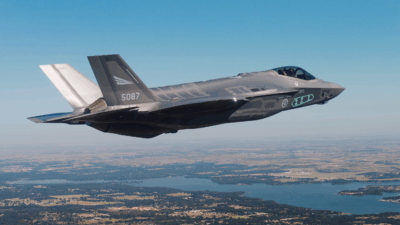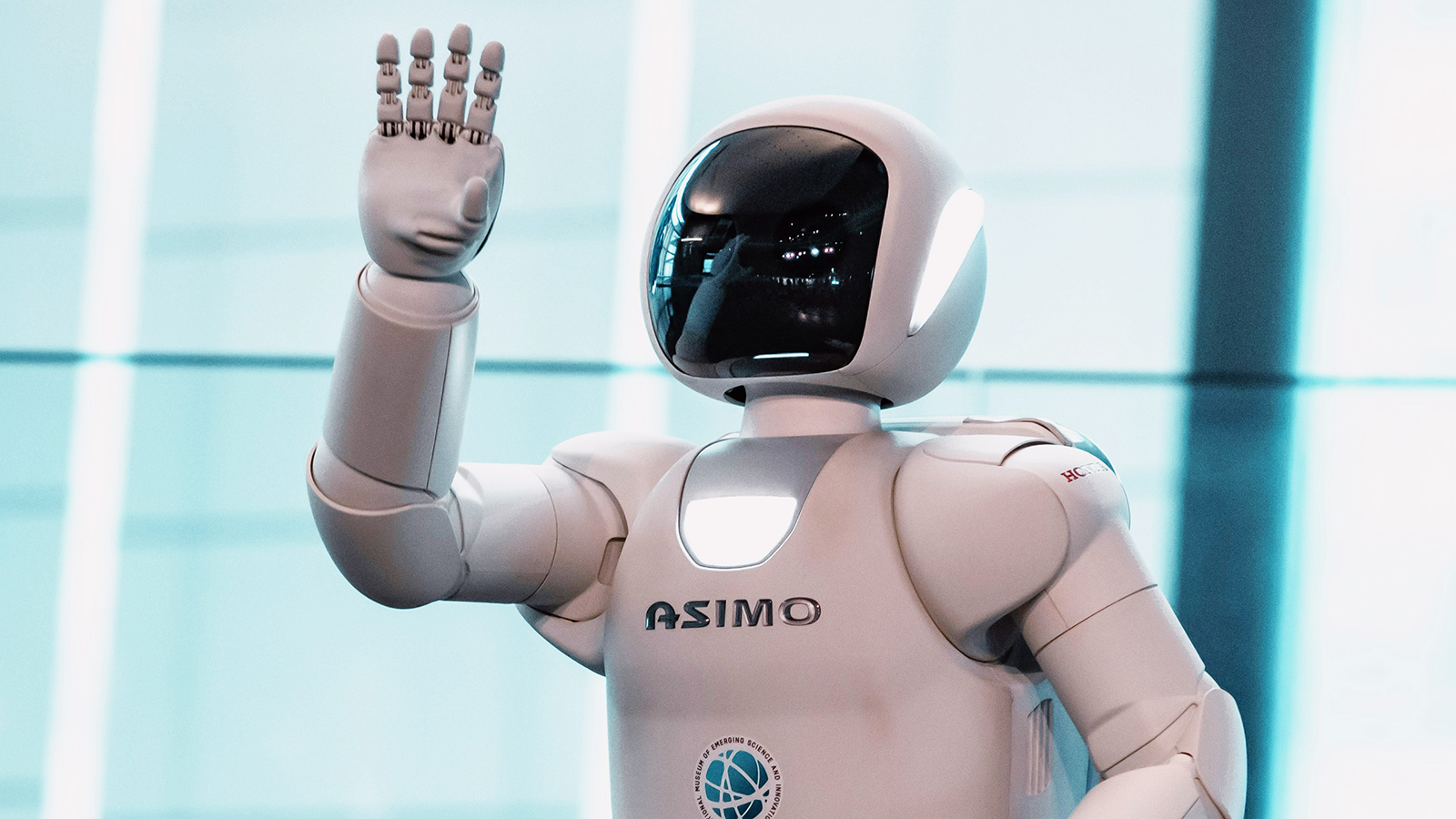China’s Electric Vehicle Revolution is Complete
Tesla was a notable absentee from this week’s Shanghai Auto Show, where Volkswagen and other carmakers debuted new offerings.

Sign up for smart news, insights, and analysis on the biggest financial stories of the day.
A great leap forward for EVs was on view at the Shanghai Auto Show.
The annual event, which began Wednesday and concludes on Friday of next week, has thus far proven that the electric vehicle industry is not just the future of China’s automotive market — but its present, too. That has both international car manufacturers and the oil industry suddenly looking a bit on the ropes.
The BYD-I-Y Auto Industry
China’s automobile market has experienced two separate radical shifts so far in the 2020s. First: the shift to EVs. In March, new electric vehicles (a category that also includes plug-in hybrids) made up more than half of all car sales in the country, according to the China Passenger Car Association (CPCA), after first crossing the 50% mark in August. New EVs accounted for roughly 13% of all car sales in China back in 2021.
The rapid adoption has turned China into the biggest EV market in the world, by far; last year, China accounted for over 60% of the world’s EV sales. That coincided with the second radical shift in China’s car market so far this decade: the rise of China’s own domestic car manufacturers. Chinese companies accounted for about 60% of all passenger vehicles sales in the country last year, according to the CPCA, up from about 35% in 2020. “The Western carmakers slept their way through the pandemic while the Chinese rode the EV revolution,” Andrew Fellows, global head of automotive and mobility at tech consulting firm Star, told Reuters. “They’re going to find it hard to dislodge the local carmakers.”
To do so, international manufacturers are increasingly leaning on local Chinese talent:
- Volkswagen, which was long the top-selling car brand in China until domestic player BYD surpassed it last year, debuted five new upcoming models at the trade show this week in a bid to halt declining sales, which were down 6% in the first quarter. One model was built in partnership with state-owned auto manufacturer FAW in a bid to reduce costs by as much as 40% to compete with cheaper domestic models.
- Meanwhile, Mercedes-Benz is preparing to launch its electric CLA model in China later this year, with an operating system developed by a local research team. Also this year, BMW plans to introduce its Neue Klasse EV line, which was developed in partnership with domestic tech leaders Huawei and Alibaba.
Tesla, notably, was absent from the trade show for the second straight year; amid its global annual sales decline, Tesla also saw its China market share dip from around 15% to 9% in the first quarter.
Oil Spill: China’s EV revolution should continue another trend in the region, too. After accounting for about 60% of the global increase in oil demand between 2013 and 2023, according to the International Energy Agency, China last year saw crude oil consumption decrease, by about 1.2%. Recent domestic advancements in EV battery technology will likely only fuel the pivot from oil. Last month, BYD announced a battery-charging breakthrough. This week, Chinese battery-maker CATL debuted a battery that it says can be charged just as quickly and lasts even longer. In other words: In China, post-peak oil may already be here.











